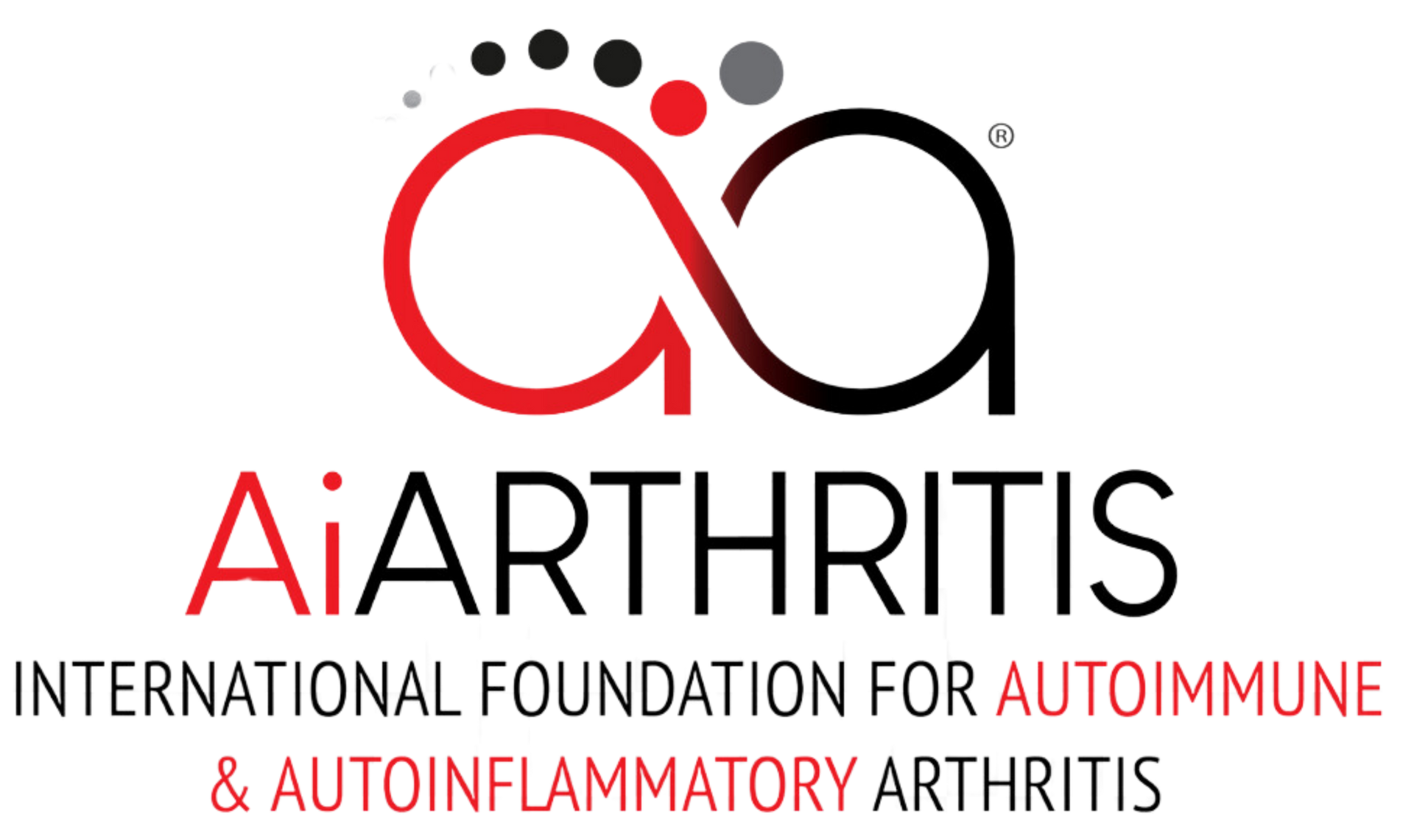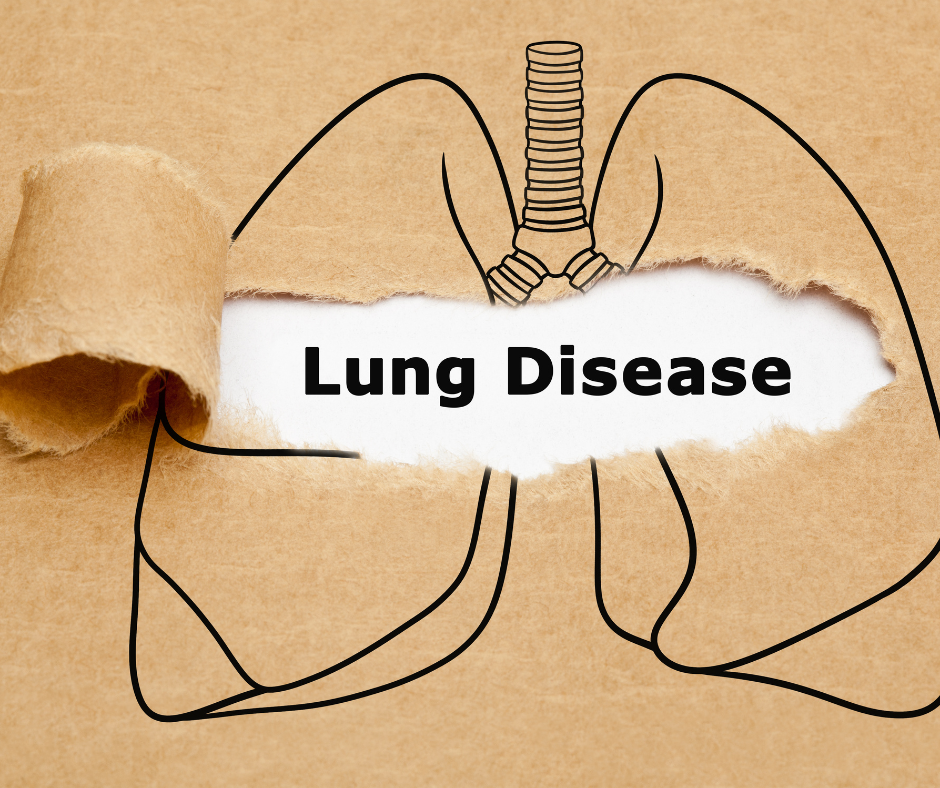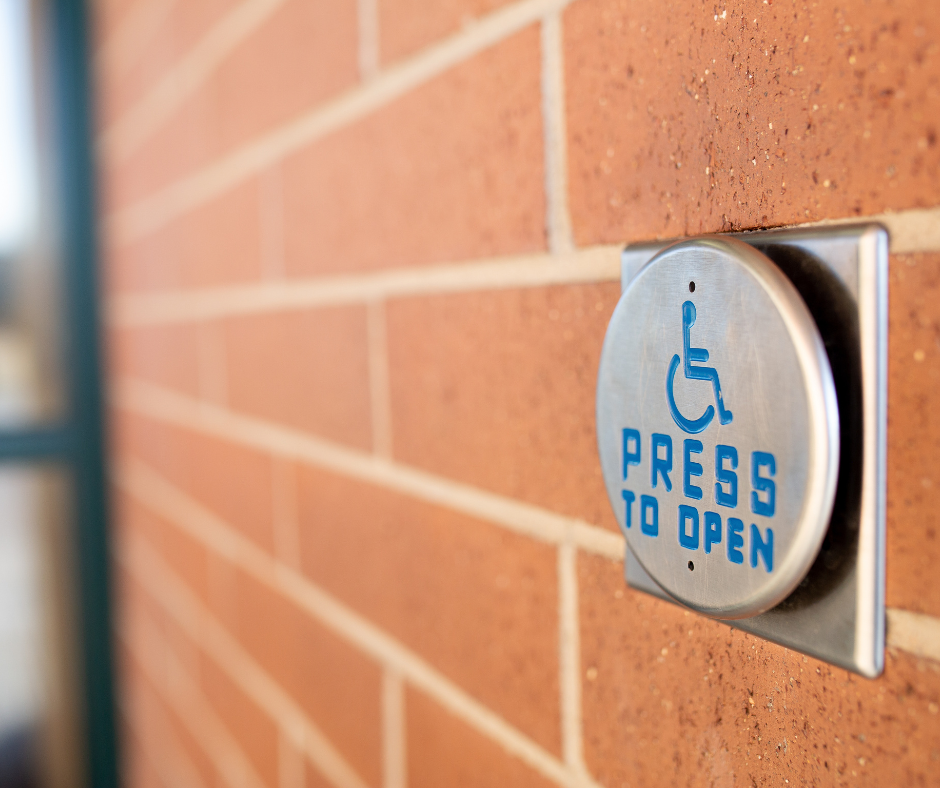Rheumatoid arthritis (RA) is a long-term inflammatory condition that mainly targets the joints but can also affect other parts of the body. Despite being common, RA is often misunderstood due to persistent myths and stereotypes, which can lead to stigma and misjudgment. Raising awareness about RA is vital for fostering empathy, enhancing patient outcomes, and encouraging research and support.
Breaking Down Stereotypes Around Rheumatoid Arthritis: Why Awareness Matters

Common Myths and Misunderstandings
- “Only the elderly get arthritis”: A widespread myth is that RA only affects older adults. In truth, RA can occur at any age, including in children and young adults. Juvenile rheumatoid arthritis affects children under 16.
- “RA is just mild joint pain”: Many believe RA is a minor form of arthritis causing occasional joint pain. However, RA is an autoimmune disorder that can cause severe pain, swelling, and joint deformity. It can also impact other organs, leading to complications like heart and lung issues.
- “You don’t look sick”: RA is often an invisible illness, meaning those affected may not show outward signs. This can lead to skepticism and a lack of understanding, making it hard for patients to get the support they need.
- “RA is caused by lifestyle choices”: Unlike some types of arthritis influenced by lifestyle, RA is an autoimmune disease with no single known cause. Factors like genetics, environment, and hormones are believed to contribute.
The Importance of Raising Awareness
- Empathy and Support: Greater awareness fosters empathy and understanding. Educating people about RA helps reduce judgment and stigma, encouraging support for those living with the condition.
- Early Diagnosis and Treatment: Awareness can lead to earlier diagnosis and treatment. Recognizing RA symptoms early can significantly improve patient outcomes, slowing disease progression and reducing severe complications.
- Research and Funding: Increased awareness can drive funding and research efforts. Understanding RA’s impact can lead to more investment in research for better treatments and, ultimately, a cure.
- Policy and Advocacy: Awareness can influence policy changes that benefit RA patients. Advocacy can lead to better healthcare policies, improved access to treatments, and more comprehensive support systems.
Dispelling myths and stereotypes about rheumatoid arthritis is crucial for creating a more supportive and informed society. By raising awareness, we can improve the lives of those with RA, promote early diagnosis and treatment, and drive research and policy changes that benefit everyone. Let’s work together to break down these misconceptions and support those living with RA.
Sign up for our newsletters
International Foundation for AiArthritis
6605 Nottingham Ave.
St. Louis, MO 63109-2661
Tax ID: 27-1214308
Toll Free: 1-877-609-4226
Email: info@AiArthritis.org
Copyright 2024. All rights reserved. Information on this site is intended for informational purposes only Our foundation does not engage in the practice of medicine. Please consult a physician to obtain personal healthcare and treatment options. 501(c) 3 Nonprofit Tax ID: 27-1214308.






